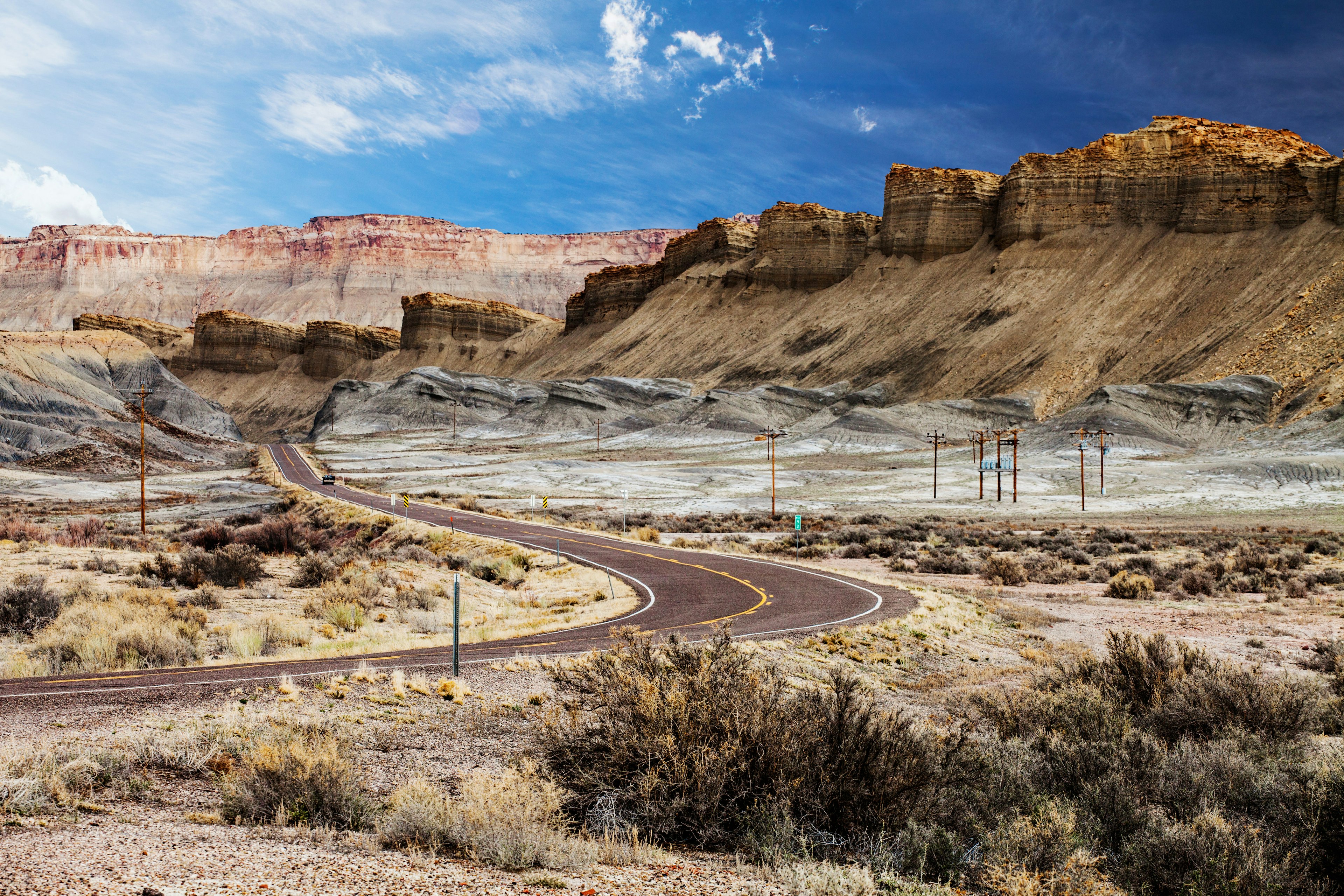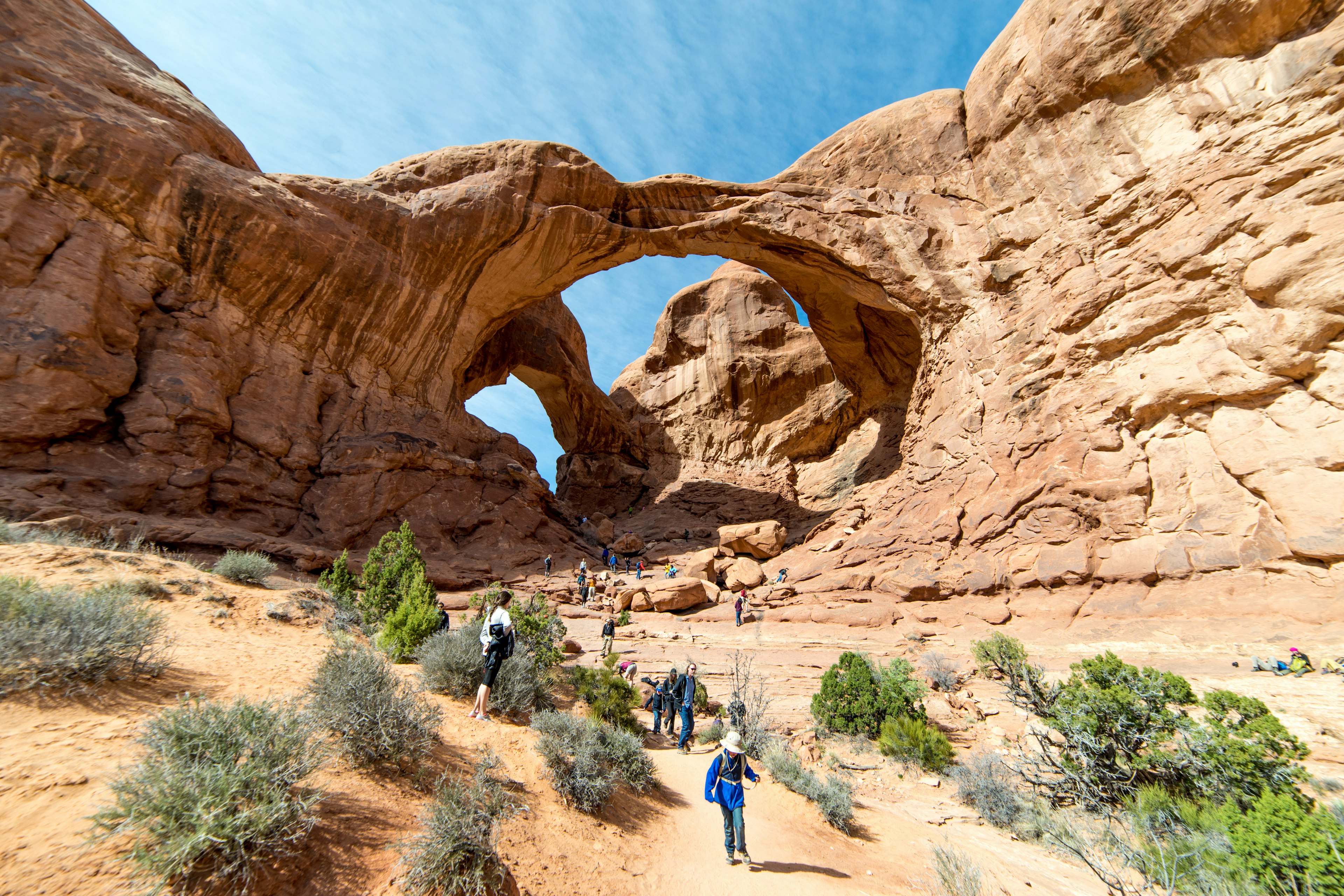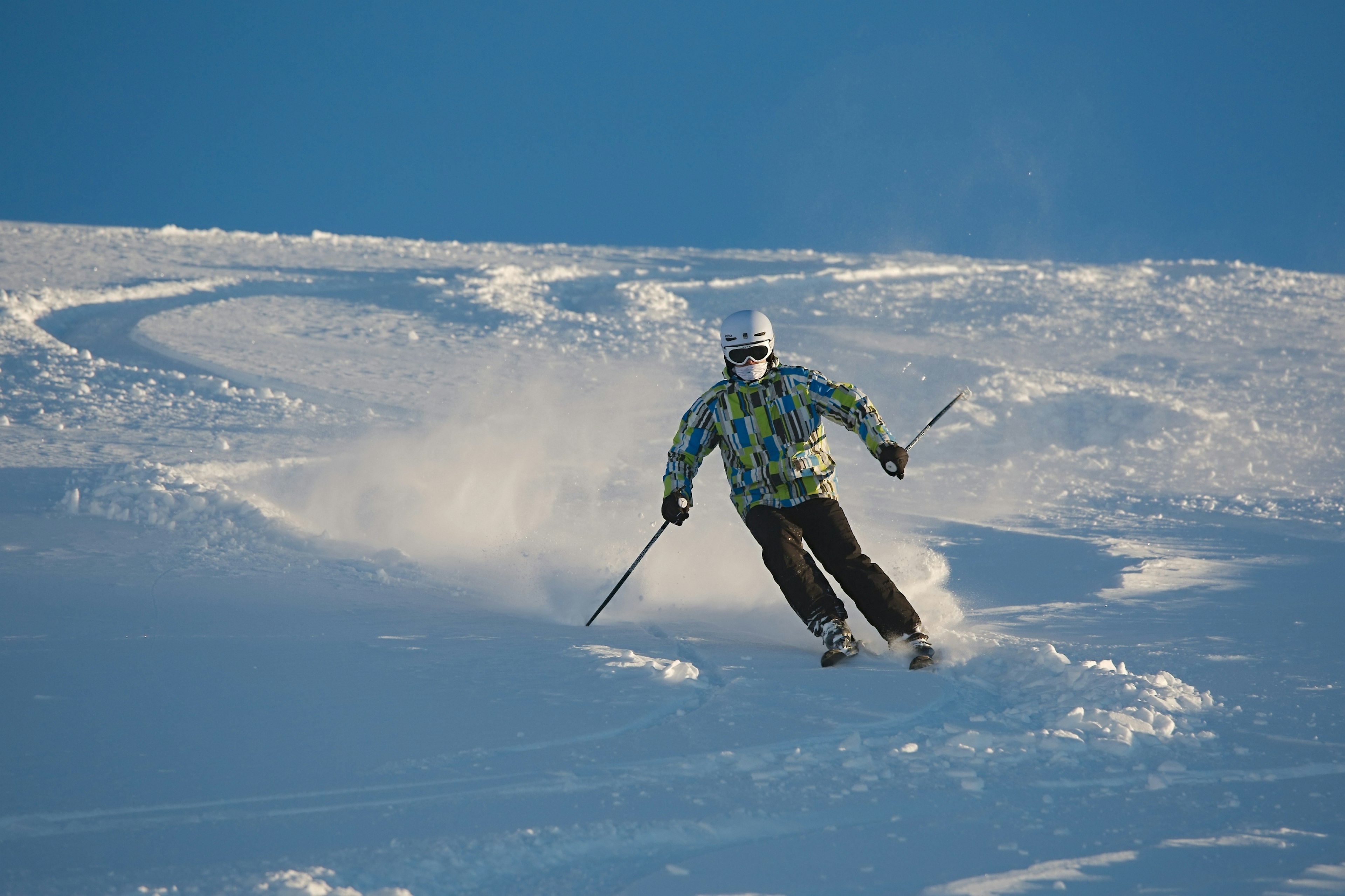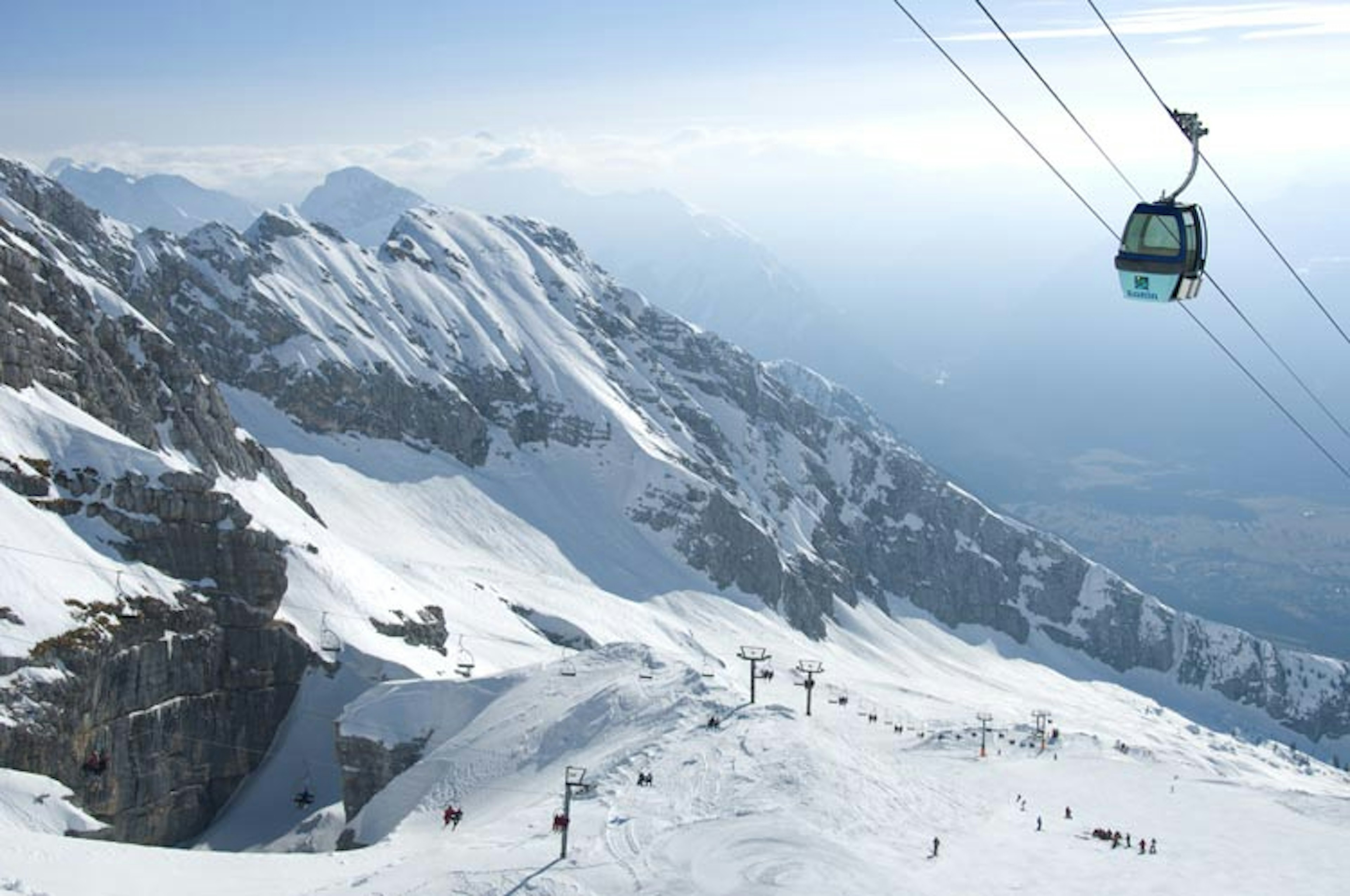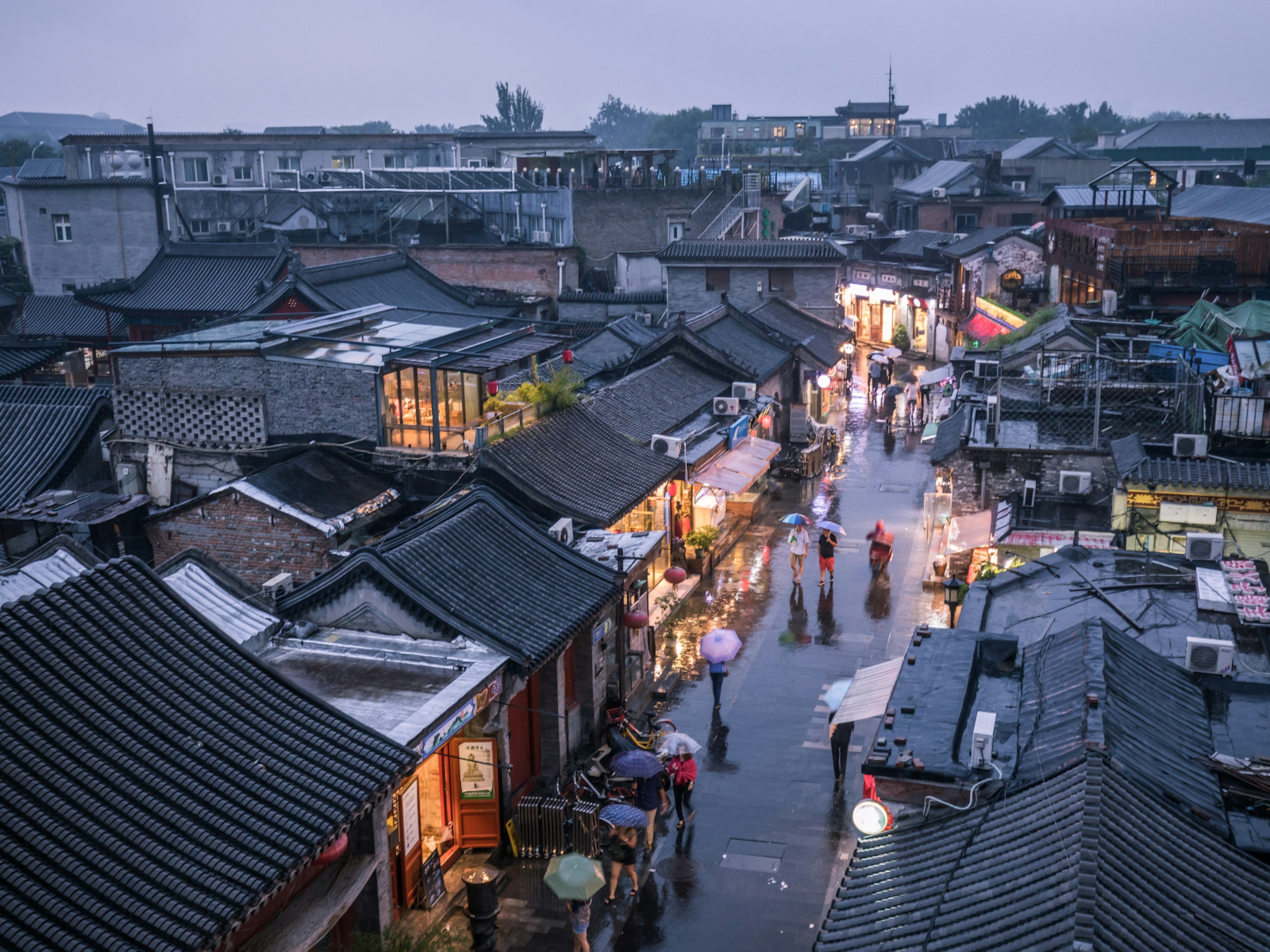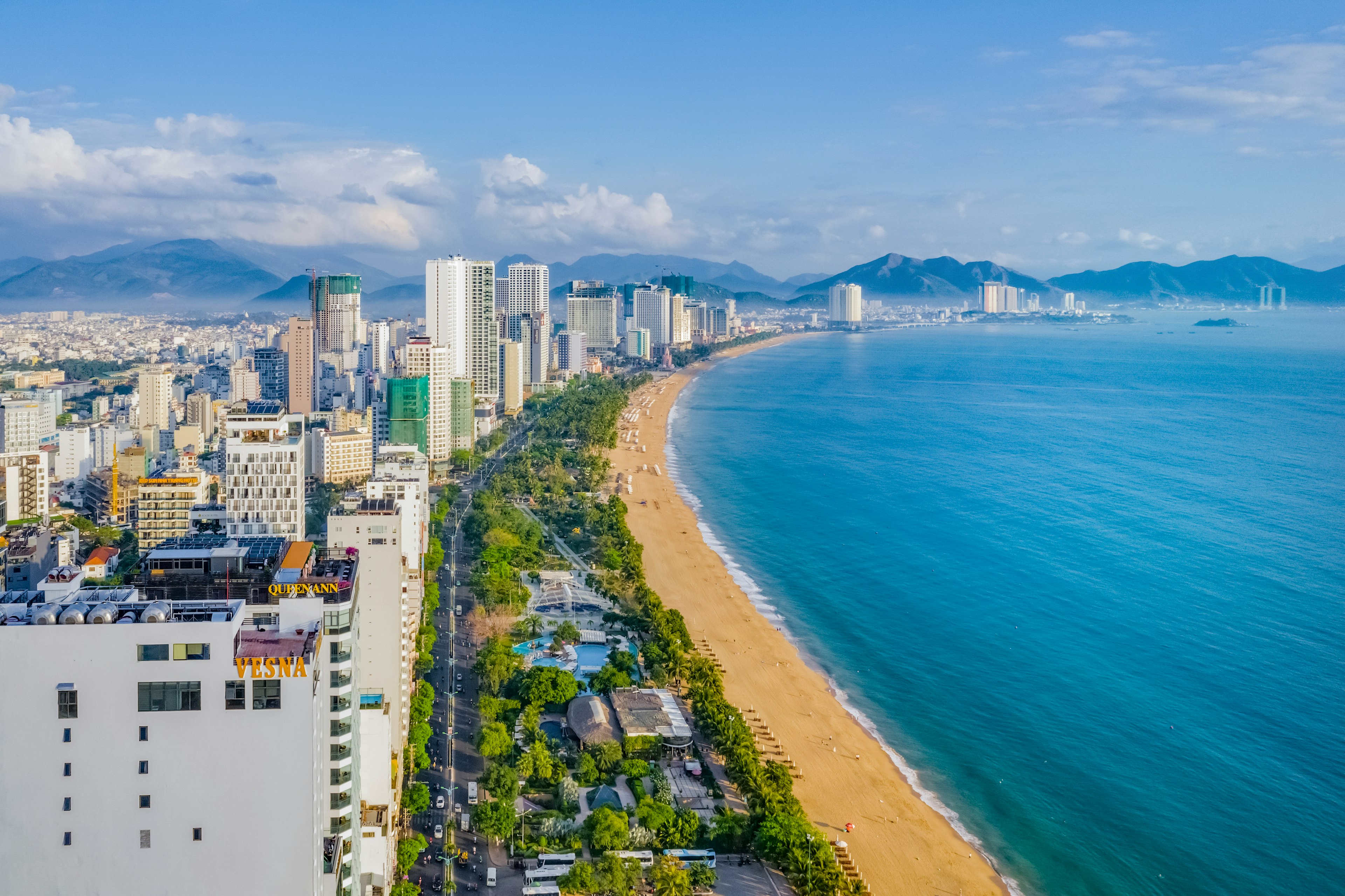Al contrario de lo que cierta famosa franquicia de terror te haría creer, los lugares tranquilos son acerca de encontrar una burbuja de felicidad en la cual relajarse y descansar en medio del bullicio de los viajes.
La alegría de visitar nuevos (¡y conocidos!) lugares es la aventura, emoción y nuevas experiencias que trae, pero cada tanto, solo necesitas un lugar tranquilo para tomar una respiración profunda y sin prisas. Probablemente has oído hablar de parques de cielo oscuro: ubicaciones remotas con poca o ninguna contaminación lumínica, destinos ideales para los observadores de estrellas.
¿Pero qué hay del equivalente auditivo? Encontrar un lugar libre de ruido hecho por el hombre es un desafío, incluso en lugares que parecen estar en medio de la nada. Una persona se ha levantado al desafío de encontrar y proteger tales lugares por el bien de todos nosotros.
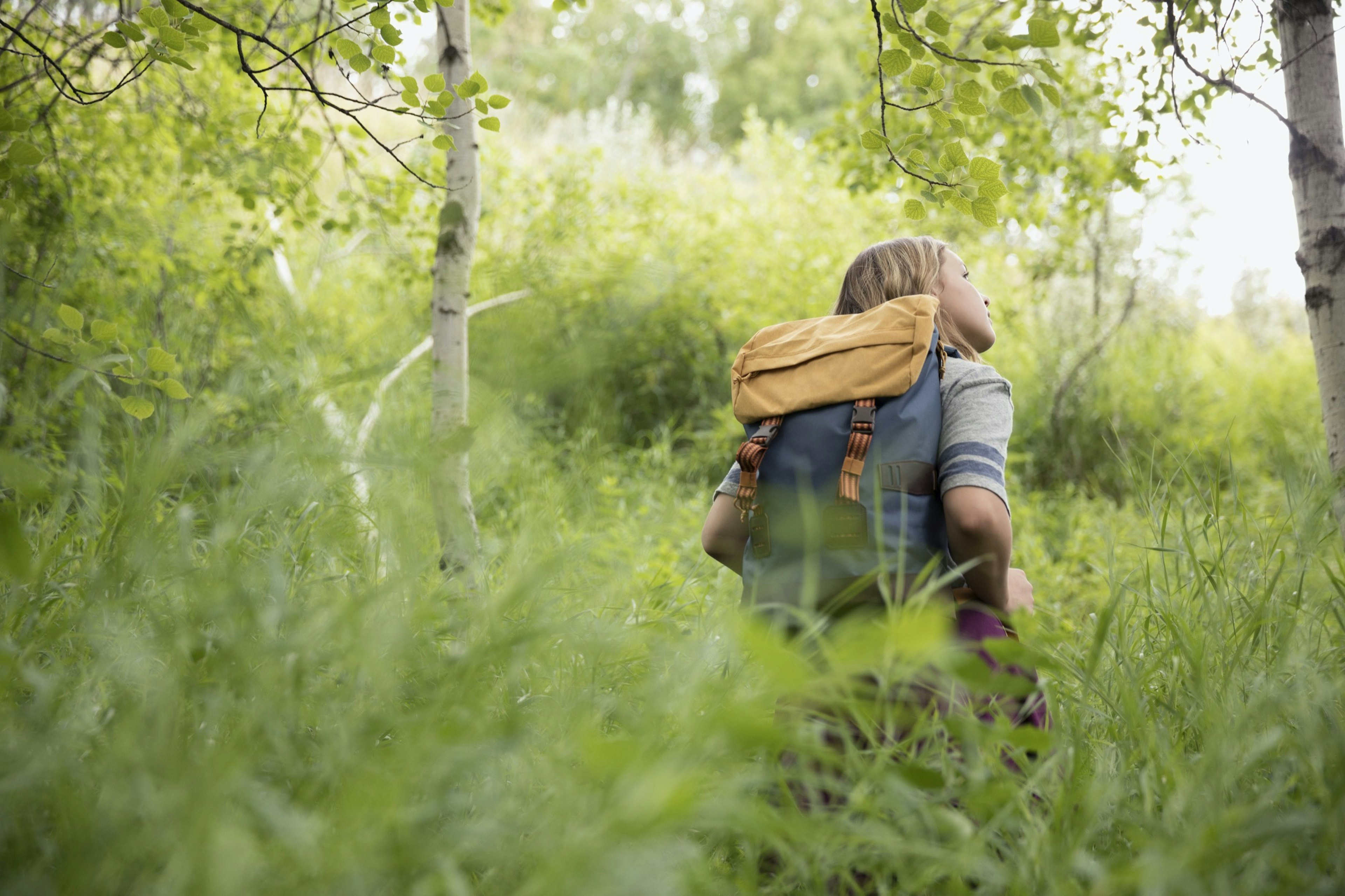
La contaminación acústica es mal asunto para todos
Un estudio de 2017 por investigadores de la Universidad Estatal de Colorado muestra que la contaminación acústica – causada por cosas como carreteras cercanas, tráfico aéreo, tala, minería y asentamientos urbanos – está presente a lo largo de los Estados Unidos, incluso en áreas designadas como áreas silvestres y protegidas. Y si esto es malo para nosotros, es aún peor para la vida silvestre, que depende de los sonidos de su entorno para sobrevivir.
Pero puede haber esperanza. Un movimiento iniciado por Gordon Hempton, autor del libro “One Square Inch of Silence,” y su organización Quiet Parks International (QPI) busca preservar esos pocos lugares que quedan donde es posible experimentar un silencio relativamente puro – solo los sonidos de la naturaleza. La esperanza es que los viajeros los busquen, así como buscan parques de cielo oscuro, para tomarse un breve descanso de la constante presencia humana.
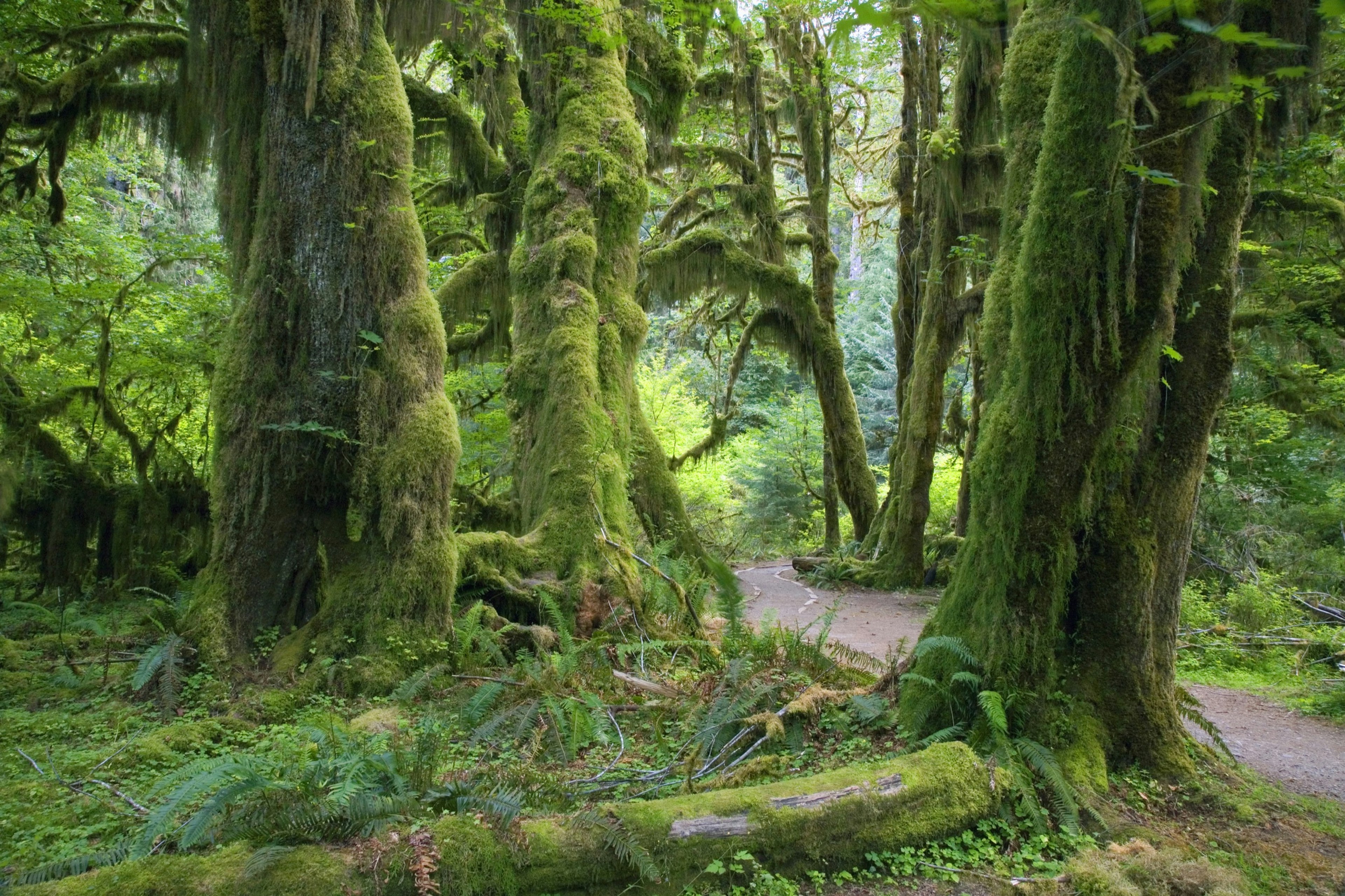
La serenidad de un Parque Tranquilo Silvestre: solo los sonidos de la naturaleza
La mayoría de los parques tranquilos están bien alejados de las rutas comunes – y aun así, muchos siguen amenazados por la intrusiva contaminación acústica. Por ejemplo, el remoto, misterioso y cubierto de musgo Bosque Lluvioso de Hoh en la Península Olímpica del estado de Washington, donde Hempton inicialmente estableció su experimento “One Square Inch,” permaneció relativamente libre de contaminación acústica durante años – hasta que los vuelos de entrenamiento de la Marina de los EE. UU. comenzaron recientemente a retumbar sobre un rincón del parque. Ese cambio, y su incapacidad para detenerlo, es lo que llevó a Hempton a lanzar Quiet Parks International, con la esperanza de que un esfuerzo global tuviera un impacto mayor.
¿Cuántos Parques Tranquilos Silvestres existen?
El primer “parque tranquilo silvestre” oficial certificado por QPI está a lo largo del río Zabalo en Ecuador. El área demuestra “un equilibrio saludable de actividad bioacústica con … intervalos sin ruido que duran varias horas”, según el sitio web de la organización. Incluso esa descripción te indica lo difícil que es encontrar un lugar completamente no perturbado por los sonidos de la actividad humana.
QPI espera que el estatus de parque tranquilo eventualmente sea un atractivo turístico lo suficientemente fuerte como para beneficiar a la tribu Cofán indígena local, que posee la tierra. Este parque tranquilo inicial fue luego acompañado por dos áreas más en los EE. UU. en 2022 y 2023, respectivamente – Parque Nacional Glacier en Montana y Área Recreativa Wilderness de Boundary Waters Canoe en Minnesota.
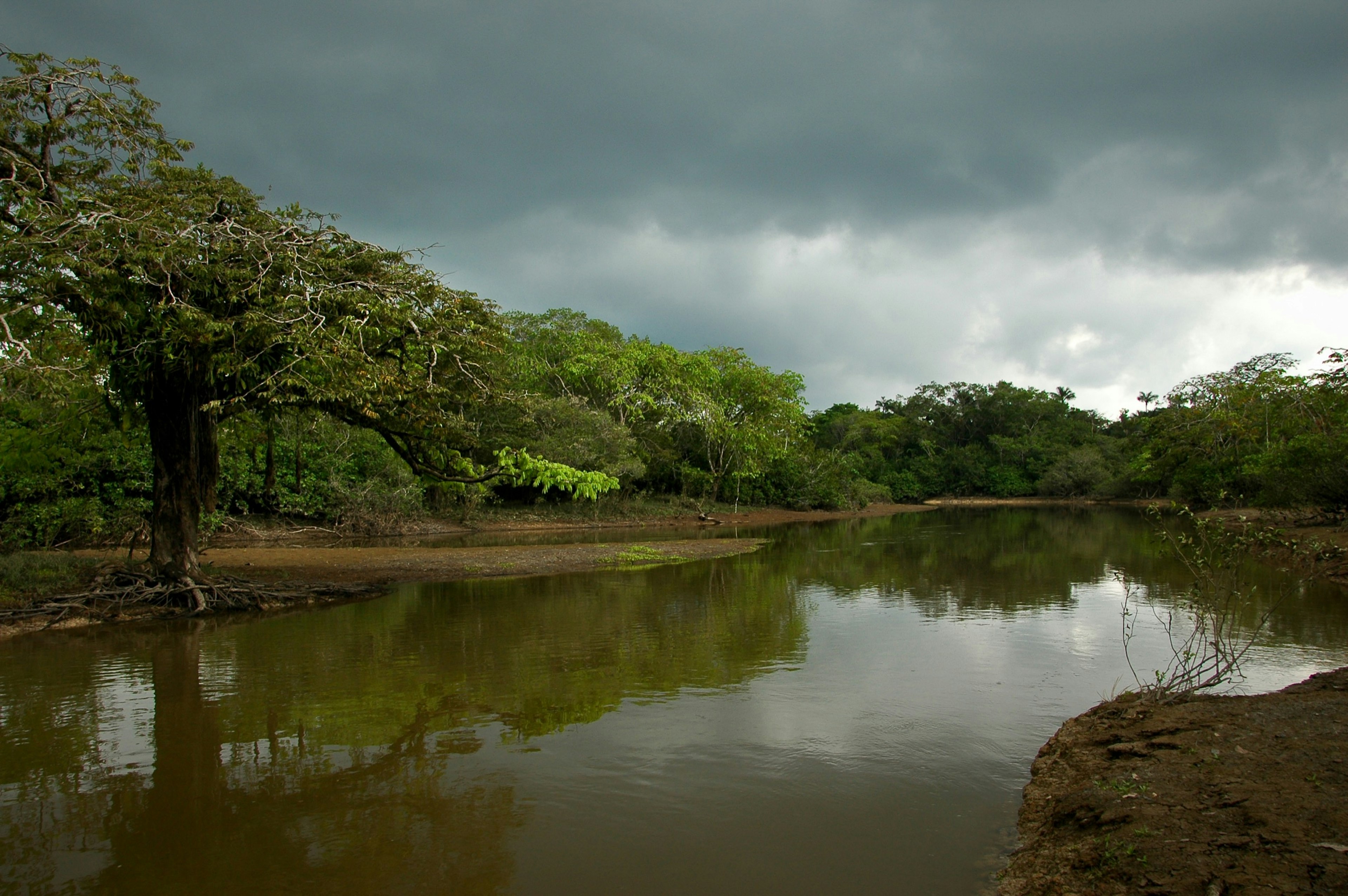
Futuros y Potenciales Parques de Silencio en la Naturaleza
QPI también ha identificado diversas áreas que podrían convertirse en futuros parques de silencio alrededor del mundo. La gran mayoría se encuentran en zonas naturales designadas con escasas fuentes de luz artificial (hay bastantes coincidencias con los parques de cielos oscuros).
Normalmente se sitúan en regiones alejadas de los patrones de vuelo establecidos y otras fuentes significativas de ruido vehicular, en áreas donde el uso del suelo probablemente no genere ruidos con frecuencia (eliminando la mayoría de las zonas agrícolas y mineras, por ejemplo).
En los Estados Unidos, estos potenciales nuevos parques de silencio abarcan desde el Big Bend Ranch State Park en Texas, la Reserva del Prado Americano en Montana, hasta el Parque Nacional Haleakalā en Hawái.
En Europa, los parques propuestos incluyen el Snowdonia National Park y los Brecon Beacons en Gales, Białowiezå Forest en Polonia y varios sitios intermedios.
Existen decenas de otros sitios potenciales por el mundo, como la Costa de los Esqueletos en Namibia, el Parque Nacional Garajonay en las Islas Canarias, el Parque Nacional Manu en Perú y el apropiadamente llamado Parque Nacional Silent Valley en Kerala, India.
Todos estos lugares podrían convertirse en designados parques de silencio si las visitas de sitio de QPI demuestran que cumplen con el criterio adecuado. El proyecto es dirigido por voluntarios y depende de donaciones; parte del proceso de certificación será establecer qué tan silencioso es lo suficientemente silencioso.
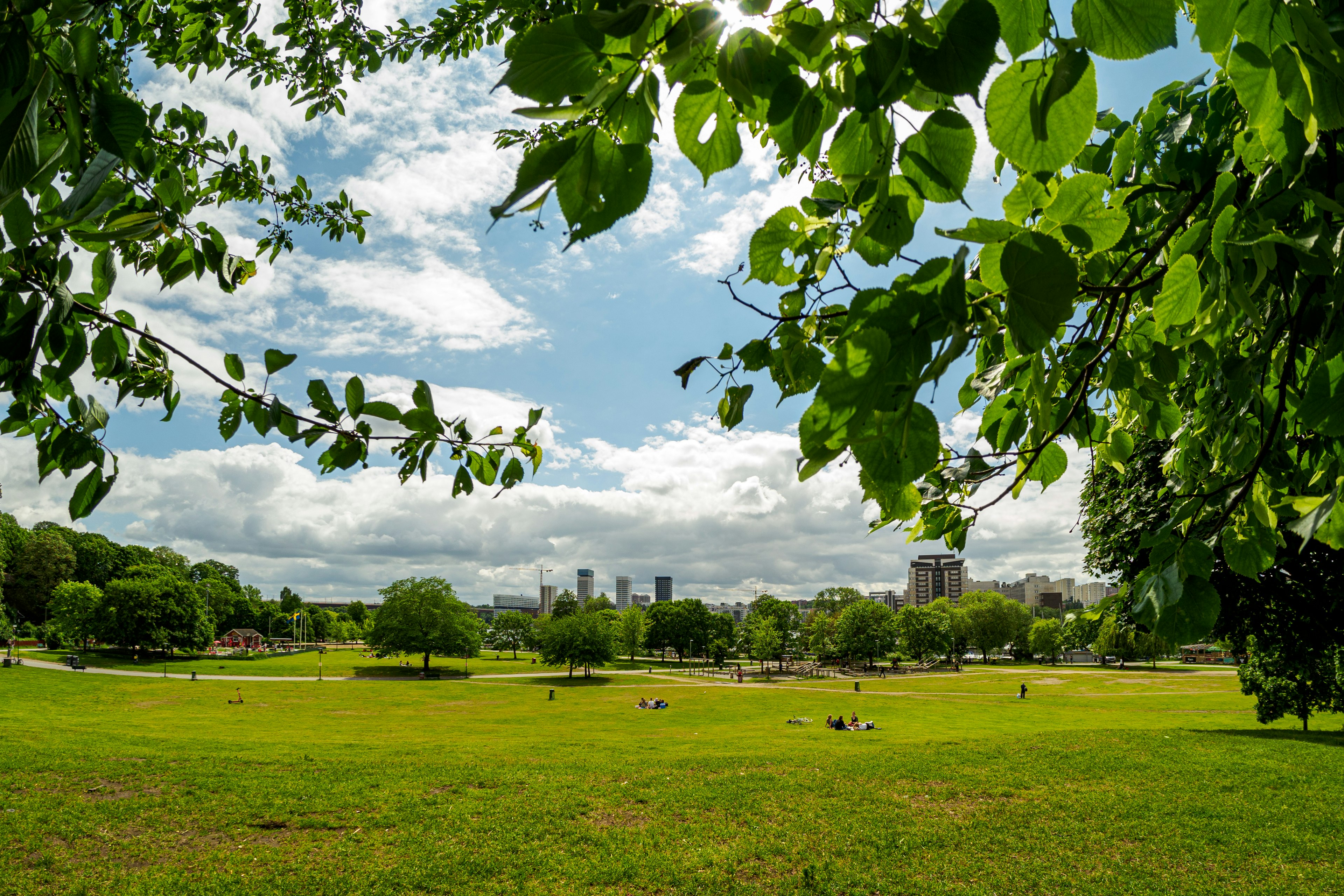
Parques de Silencio Urbanos: un oasis en medio de la ciudad
Tu mejor oportunidad para escapar del ruido artificial es dirigirte hacia la naturaleza salvaje. Pero si todo va según lo planeado, no tendrás que ir tan lejos para disfrutar de un poco de silencio natural. QPI ha estado trabajando para establecer y certificar parques de silencio urbanos: espacios cercanos o dentro de las grandes ciudades que han sido reservados como áreas de quietud sin contaminación acústica.
Hasta 2024, hay 10 parques de silencio urbanos en el mundo, abarcando desde Hampstead Heath en Londres, Inglaterra, hasta el Parque Nacional Yangmingshan en Taipéi, Taiwán.
Un programa piloto en Estocolmo, Suecia, ha identificado 65 “lugares tranquilos” dentro de la ciudad y sus alrededores, así como 22 caminatas señalizadas con el icono de “senderos silenciosos”; las rutas se describen en folletos que los visitantes pueden encontrar en las oficinas de turismo o en línea. Todas las caminatas son fácilmente alcanzables en metro, autobús, bicicleta o a pie desde el centro de la ciudad. Experimentos similares están llevando a cabo en Taiwán, la ciudad de Nueva York y Portland, Oregón.
Además, hay esfuerzos para crear comunidades en silencio, senderos marítimos silenciosos y senderos de senderismo, e incluso hoteles silenciosos. Todo esto indica que, poco a poco, estamos comenzando a reconocer el valor de un poco de paz y tranquilidad en un mundo ajetreado.


